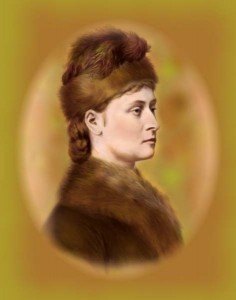
There are many who are unaware that Buchan and Tweedsmuir were the same person and that his time in office served as a model for subsequent Governors General. The monarch’s representatives in Canada prior to the Second World War are sometimes treated as interchangeable British political figures despite their distinct approaches to the office. In John Buchan: Model Governor General, J William Galbraith, council member of the John Buchan society, analyzes Buchan’s profound impact on Canadian history and lasting influence on the office of Governor General in Canada.
Galbraith’s study of Buchan’s tenure as Governor General provides reveals Canada’s role behind the scenes of key royal events of the late 1930s. The Abdication Crisis of 1936 had an international dimension as there was evidence that the Dominions would not accept the twice divorced Wallis Simpson as Edward VIII’s consort and queen. As Prince of Wales, the future Edward VIII was an extremely popular figure in Canada and owned a ranch in Alberta. Buchan interpreted Canadian popular opinion for Edward VIII’s private secretary though he stated it would be, “improper for me to have any view.” Buchan also played a key role in the organization of the 1939 royal tour though he appeared to fade into the background when George VI and Queen Elizabeth were on Canadian soil.
In contrast to past narrative biographies of Buchan, Galbraith focuses almost exclusively on the Canada years and adopts a thematic approach to his five years in office. This structure highlights key aspects of Buchan’s time as Governor General such as his patronage of the arts and extensive travels across Canada. In a few instances, however, the thematic chapters fragment contiguous historical events. For example, there is entire chapter devoted to George VI’s and Queen Elizabeth’s 1939 tour of Canada but their subsequent visit to the United States is covered in a subsequent chapter about Buchan’s role as an intermediary between Great Britain and America. The close focus on Buchan also means that readers must look elsewhere for detailed biographical information on the key figures who influenced Buchan and Prime Minister William Lyon Mackenzie King, such as political power broker Violet Markham.
John Buchan: Model Governor General restores Buchan to his rightful place in Canadian history. In the foreword, Canada’s current Governor General, His Excellent the Right Honourable David Johnston states, “John Buchan quietly established a new model for the position of Governor General. His considerable impact on Canada has not been fully recognized.” Galbraith’s book reveal’s the full extent of Buchan’s political and cultural influence on Canada.


